The humble cucumbers are among the most popular produce items grown and consumed around the world. They are a favorite of many, and you might also be familiar with their crispy, crunchy, and fresh taste. However, many of us often wonder, is a cucumber a fruit or a vegetable?
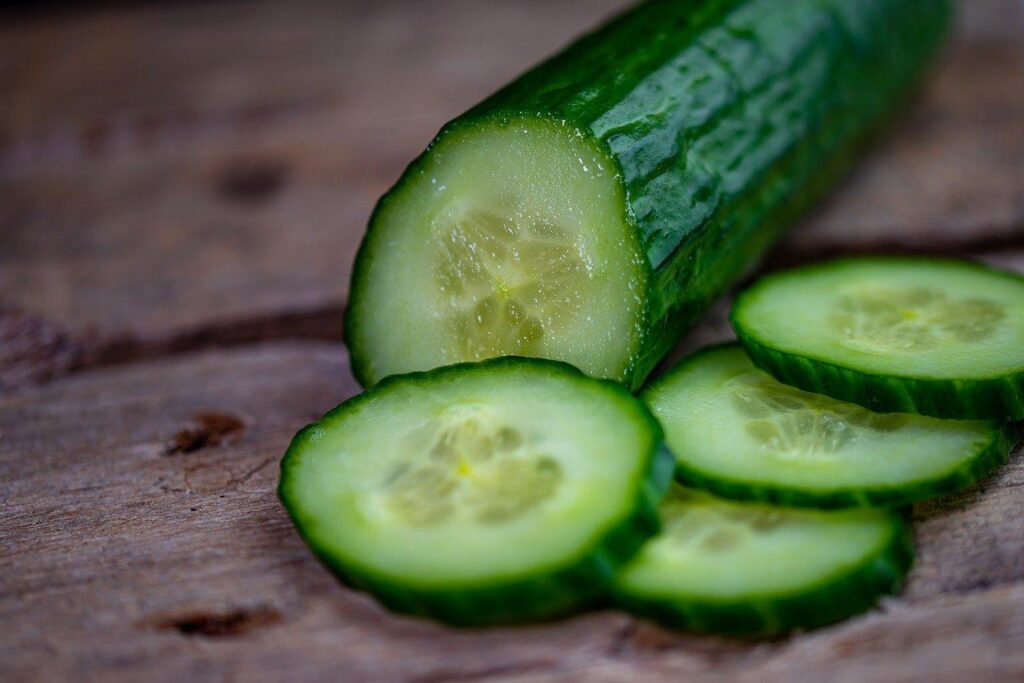
Photo Credit A component of many savory dishes, popular for eating fresh and adding to salads.
This question comes up from time to time, and it confuses many. So, if you are also confused by this question or someone just curious, you are in the right place. We will tell you everything you need to know about where cucumbers are classified and why it is even important to know!
But before we get into that, let’s just quickly go over the difference between fruits and vegetables. Happy reading!
What makes fruits and vegetables different?
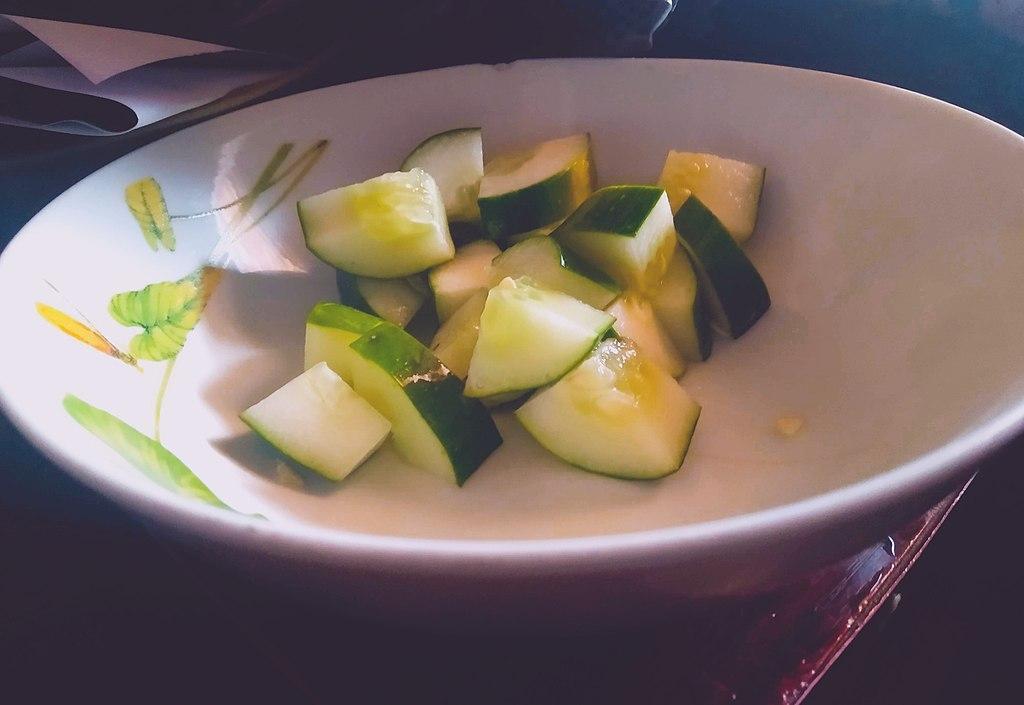
Photo Credit Cucumber: fruit or vegetable, the debate goes on!
It helps to understand the difference between vegetables and fruits before we can say whether a cucumber is a fruit or a vegetable. Some say things you cook belong to the vegetable category, while things you eat raw are fruits. Others disagree and say, fruits are sweet, while vegetables tend to be sour or bitter.
However, the difference between the two is not that simple. Several food items that are technically fruits are often declared vegetables because of their culinary uses. Tomatoes are amongst the most controversial and well-known examples of this. Growing up, you must have seen some kids flaunting their knowledge that a tomato is a fruit, not a vegetable.
To make matters even more confusing, the botanical definition and botanical classification of fruits and vegetables is a whole another story, which does not agree with the culinary world or culinary definition of fruits and vegetables in numerous cases. However, there is no need to worry; we have got you covered! And to get you started, here is a table that distinguishes between fruits and vegetables based on science and real life.
| Fruits | Vegetables |
| Botanically speaking, fruits are seed-bearing structures of a flowering plant that develop from the ovary of a flower | Botanically speaking, vegetables are other parts of a plant that do not develop from flowers, i.e., leaves, stems, and roots |
| In culinary classification, fruits generally have a sweet taste | In culinary classification, vegetables are salty, sweet, sour, or bitter |
| Fruits must contain seeds, whether on the inside or outside (Strawberry seeds are on the outside) | Vegetables do not contain seeds |
| Play a role in sexual reproduction | Involved in the process of vegetative reproduction |
| Fruits are colorful | Mostly green |
| Often perennial grown on trees and bushes | Largely managed as annual crops |
| Generally, consumed by themselves as a snack | Generally, used to complement other items in a dish |
What is a cucumber?
Cucumbers are a member of the Cucurbitaceae family (gourd family), which also includes watermelon and pumpkins. The scientific name of a cucumber plant is Cucumis sativus. Cucumbers originally belong to Southeast Asia, but they are found throughout the world today. The size and color of cucumbers vary depending on the variety, but cucumbers are generally long and cylindrical with a light to dark green color.
They are both used as food by themselves as well as to complement other foods in many kitchen gardens. Due to their low calories and high water content, cucumbers make excellent summertime snacks. They are also an integral part of many soups and savory dishes due to their sweet or tart taste.
On the basis of their culinary use, cucumbers are broadly divided into two categories: Slicing cucumbers and Pickling cucumbers.
Slicing cucumbers
They are mainly used fresh as a salad item and are characterized by thick, uniform, and dark green skins.
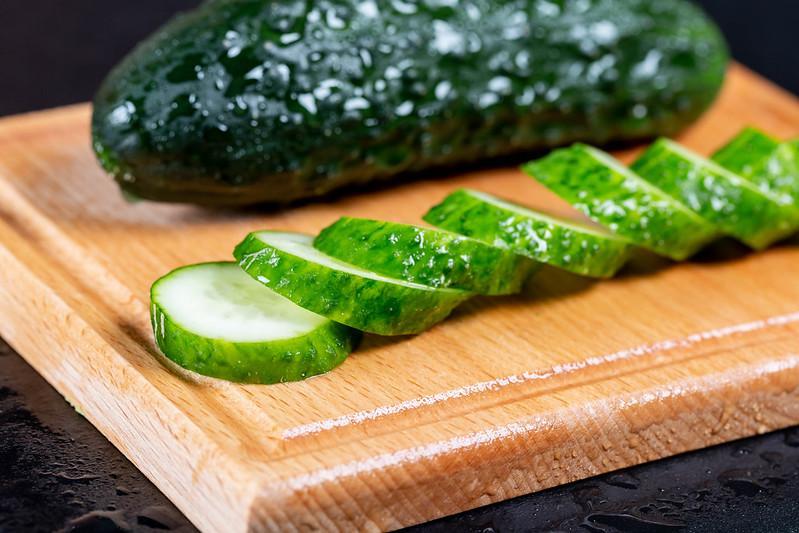
Photo Credit – Slicing cucumbers are sold fresh, usually as a salad item.
Pickling cucumbers

Photo Credit – Pickling cucumbers are typically smaller and thicker than slicing or English cucumbers.
They are smaller and thicker than the slicing cucumbers, and as their name suggests, they are popular as pickles when eaten on their own.
Why do cucumbers matter, and are they good for your health?
Few foods are as cool as a cucumber when it comes to the health benefits. These berries (botanically speaking) compete with apples when it comes to health benefits and raw nutritional value. This low-calorie food item is an excellent source of phytonutrients. Phytonutrients are plant chemicals with protective or curative properties. The seeds and peel are the most nutrient-rich part of a cucumber.
Cucumbers are high in antioxidants, lignans, and triterpenes, which have anti-inflammatory, anti-cancer, and antioxidant properties. A cup of cucumber with its peel contains only 16 calories (15 without the peel). Also, a single cup can provide 4 percent of your daily potassium, 3 percent of your daily fiber, and 4 percent of your daily vitamin C needs. Trace amounts of magnesium, potassium, and Vitamin K & C are also present in cucumber.

Photo Credit – A cucumber has immense health benefits despite its low-calorie count.
Botanically and technically, fruits!
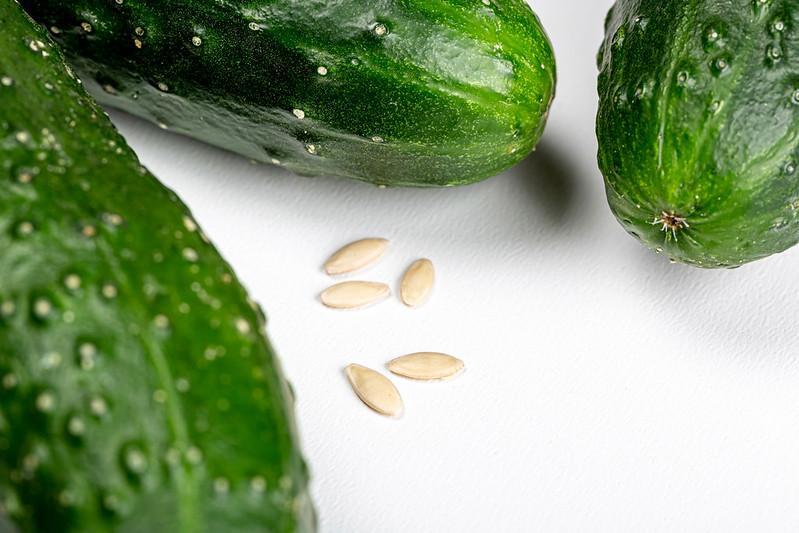
Photo Credit – Since cucumbers contain seeds and develop from flowers, they are botanically fruits.
Although you might have heard people calling the cucumber their favorite vegetable, cucumbers are not vegetables, according to the botanical classification. The botanical classification of a plant or its parts is based on its physiological roles. These include its structure, organization, and function. So, when it comes to science, cucumbers are not a vegetable because of their biological function.
Cucumbers are actually the fruit of a cucumber plant. As already stated, a fruit is a reproductive part of a flowering seed plant that contains seeds. Fruits are a way for the plants to spread their seeds and ensure the survival of their species. Moreover, fruits develop from a flower’s ovary, and vegetables do not. Since cucumbers also develop from a flower’s ovary and contain seeds, they are fruits like avocados, bananas, and lemons.
Culinarily, a vegetable!
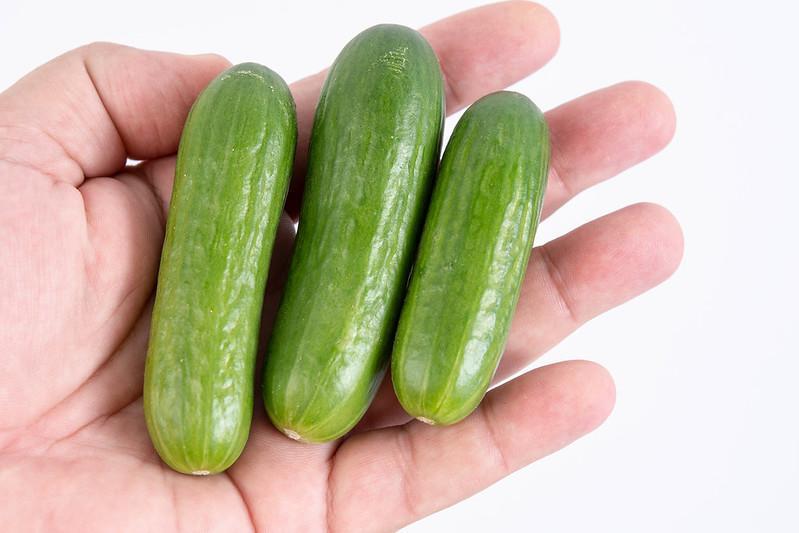
Photo Credit More often than not, cucumbers are treated as vegetables when it comes to the culinary world
Chefs, nutritionists, and our adorable grandmas usually use the culinary classification system to differentiate between vegetables and fruits. The culinary definition of a food item is primarily based on its taste, texture, and application in a particular dish. Vegetables generally have a tough texture and have a bitter or sour flavor. Therefore, they are best suited for making soups, cooking savory dishes, and salads.
On the other hand, in a culinary sense, fruits are softer and have a more delicate texture. Also, fruits are typically very sweet, tart, or tangy and are best suited for desserts, syrups, pastries, sauces, and smoothies. So, according to a culinary definition, cucumbers are vegetables. They have a tough, crisp structure and a slightly bitter flavor.
Cucumbers might occasionally pass for fruits. For example, when they are paired with other sweet fruits such as berries and melons. However, it is best to maintain their status as vegetables when it comes to home kitchens.
Also, cucumbers are legally vegetables as well. In 1983, the United States Supreme Court made a landmark decision. The ruling judge said that tomatoes should be classified as a vegetable. He also clarified the status of the pea, bean, squash, and cucumber.
So, are Cucumbers fruits or vegetables?
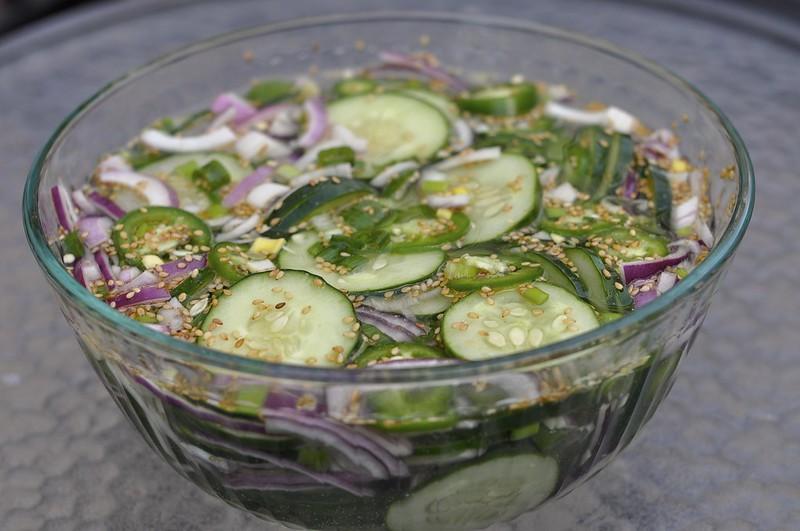
Photo Credit – Cucumber, a “frugetable”?
Well, it all comes down to who you are talking with. The status of cucumbers as fruits or vegetables can vary from place to place, depending on their use. For instance, cucumbers are often eaten with apple slices in some southern parts of the United States. At the same time, cucumbers are an integral part of salads in other parts of the world, such as in many Asian countries like India and Pakistan.
However, scientifically speaking, cucumbers are strictly fruits of the cucumber plant as they contain seeds and have a reproductive role in the life cycle of a plant. Nonetheless, the question of cucumbers being veggies or fruits should have almost no impact on an ordinary person’s day-to-day life and activities.
The important thing is to enjoy this “frugetable” in your meals and make the best use of its nutritional value to keep yourself hydrated and healthy.
Frequently Asked Questions (FAQs)
Are cucumber berries?
Even though they look like short elongated green watermelons, cucumbers are actually a berry. In the world of botany, cucumbers are further classified as pepos. A pepe is a type of berry with a hard outer rind and no segmentation on the inside.
Now you might ask, what exactly is a berry? According to its botanical definition, a berry is a fruit that grows from a single flower and contains only one ovum.
Is tomato fruit or vegetable?
Once again, just as with cucumbers, Tomatoes are technically, scientifically, and botanically fruits. It is because, just as cucumbers, they develop from flowers, contain seeds, and have a reproductive role in the life cycle of a plant. But in a culinary sense, tomatoes are both fruits and vegetables, and it all depends on how you consume them.
What qualifies as a fruit?
From a scientific and botanical perspective, a fruit is a mature ovary of an edible flowering plant. Also, a fruit contains seeds. The seeds can be on the outside of the fruit and in the case of strawberries. Some fruits produce hundreds of seeds, like tomatoes and watermelons, while others only produce only a single seed, such as avocados or cherries.
Sources for Further Reading
- Cucumber: A Brief History (David Trinklein). (2022). Retrieved 3 April 2022, from https://ipm.missouri.edu/MEG/2014/3/Cucumber-A-Brief-History/
- How to Grow Cucumbers – growing cucumbers in a trellis or cage. (2022). Retrieved 3 April 2022, from https://agrilifeextension.tamu.edu/library/gardening/cucumbers/
- Cucumbers | Food Source Information. (2022). Retrieved 3 April 2022, from https://fsi.colostate.edu/cucumbers/
Is a cucumber a fruit or a vegetable? Now you know the answer. Also, read our other articles:
A Is For Artichoke: Amazing Veggies That Start With ‘A’







